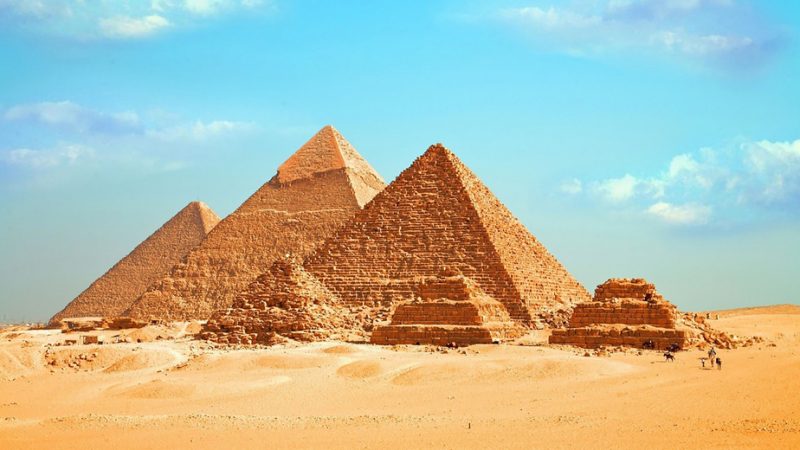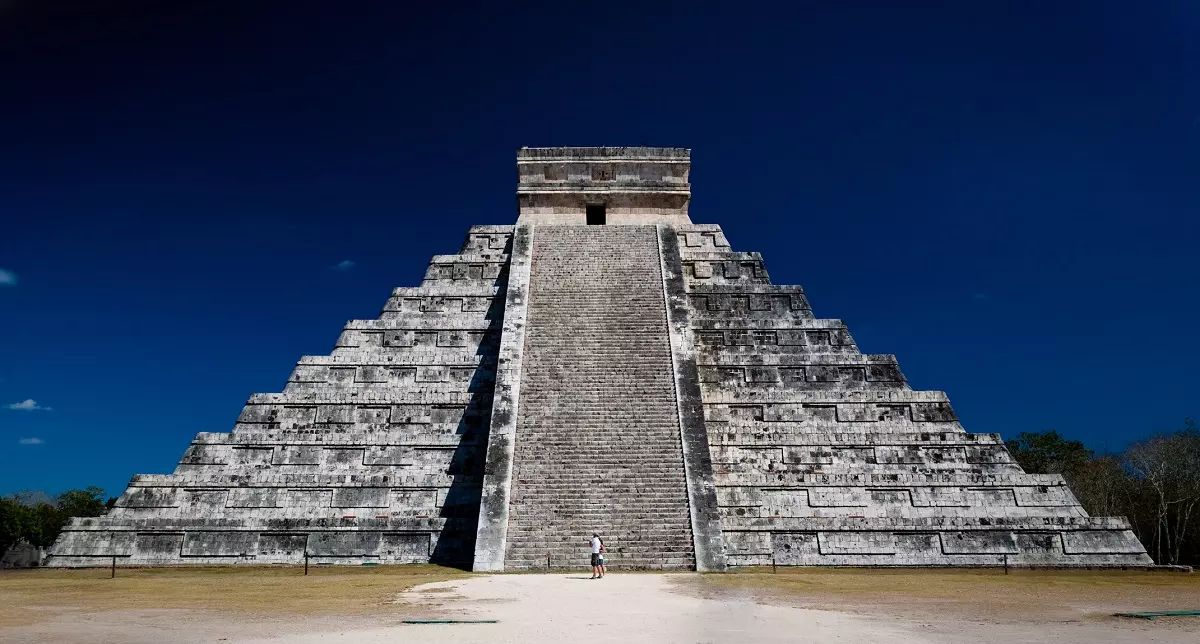In the small community where I grew up there are still a couple of log cabins that owners have preserved. But most houses and buildings from the 1800s are no longer standing. There are even fewer buildings from the 1700s, 1600s, or 1500s within hundreds of miles of my hometown.
However, there are still several man-made structures that were built around 1000 A.D. within easy driving distance of where I grew up. These are well-built earthen mounds found in Alabama, Mississippi, Tennessee and other Southeastern states. There are literally thousands of mounds in or around the Mississippi basin and its tributaries.
Mounds near the ocean were typically made from shells, animal bones, and other items. Not all of the mounds are well-preserved, but of the ones that have been studied by professional archaeologists, many skillfully made artifacts have been recovered.
Not a lot is known about the mound builders, but they seem to have made up flourishing communities from around A.D. 800-1500. About 500 years ago, they dissipated or died off, leaving few clues as to what happened to them. The original people who lived in these cultures were apparently very intelligent and used advanced technologies in building mounds, sun calendars, and other items.
Farther to the south in Mexico, Central American, and South America, pyramids built of stones were constructed by Mayan, Inca, Aztecs, and other Indian groups. These pyramids have much in common with the earthen mounds. They were used in worshiping the sun, identifying the summer and winter solstices, and looking to astrology as a way to predict the future and provide guidance. There is evidence that most of them offered human sacrifices to their gods.
Pyramids around the world
Thousands of stone and earthen pyramids circle the earth in what has been called a Pyramid Belt. The pyramids in Egypt are probably the most well-known, but other have been found in such places as Africa, Japan, China, Greece, France, Russia, Sudan, and Iraq, as well as in North and South America and Central America.
Typically, the pyramids face due east, and the other three sides face north, south, and west. They are often aligned with certain stars in constellations. The stone pyramids were typically made of massive stones that fit together almost perfectly. These structures were amazingly level and required advanced knowledge of mathematics, physics, and engineering to design and construct them. The stone blocks weighed tons, had to be cut or shaped to exact sizes and angles, and had to be transferred to the building site. These pyramids were so well-made that they have withstood numerous earthquakes with little damage.
It is almost certain that the first pyramids were built in the Middle East. Explorers and traders from this area traveled east or west around the world and across oceans, exporting their knowledge about how to build pyramids or similar structures as they went.
The Great Pyramid of Giza is the showpiece of pyramid buildings. This is one of the Seven Wonders of the World. Estimated to be at least 4000 years old, it is one of the world’s oldest structures. There are no known prototypes built earlier that would have led to a gradual accumulation of knowledge about how to build such a massive structure. Pyramids built later in history were inferior in quality to the Giza Pyramid.
Rather than a gradual increase in technology necessary to build these megalithic structures, there was a gradual decrease in building technology and knowledge of science and mathematics. The priests of these civilizations were the keepers of scientific knowledge. However, they began to substitute pagan beliefs, fortune telling, and astrology for the legitimate knowledge passed on from their ancestors. The used their position as keepers of the knowledge to maintained their power over others rather than trying to preserve the knowledge for future generations to use.
Who were their ancestors who first possessed this knowledge?
There is an excellent case for believing they were the survivors of the Great Flood, who recalled and saved some of the technologies of pre-Flood civilizations. These were highly intelligent people, physically fit, and often lived extraordinarily long lives.
Two other proposed explanations are space aliens from other planets and humans who evolved from ape-like animals and gradually learned to make fires, wheels, stone tools, and finally megalithic buildings. I personally find the previous explanation of Flood survivors the most logical.
How would you explain the Pyramid Belt?
Reference: The Genius of Ancient Man. Don Landis (editor), Master Books, 2012.
Originally published on The Underground Paradigm






